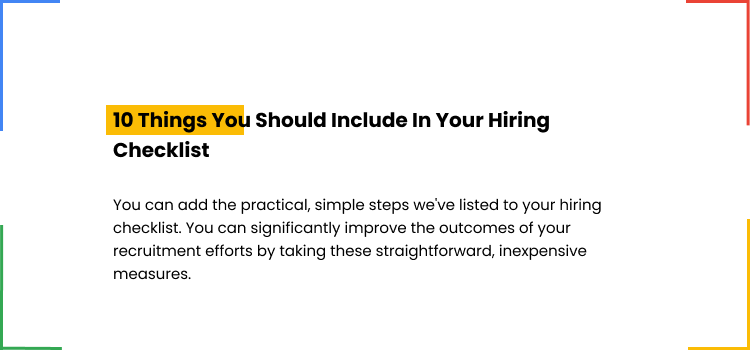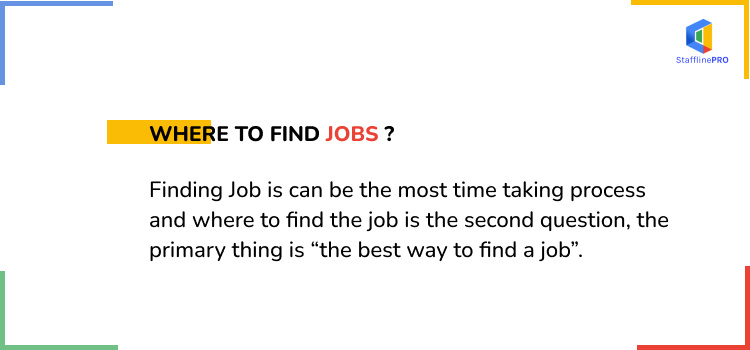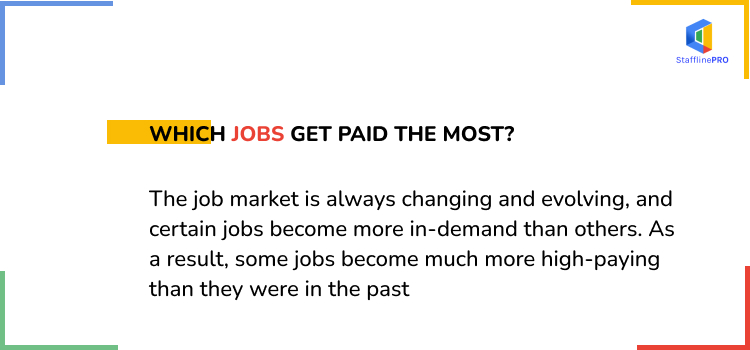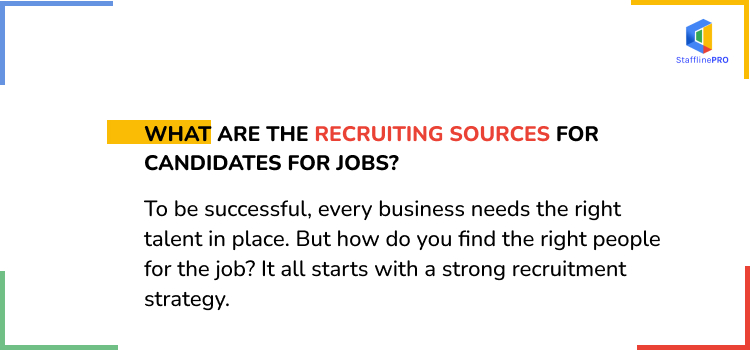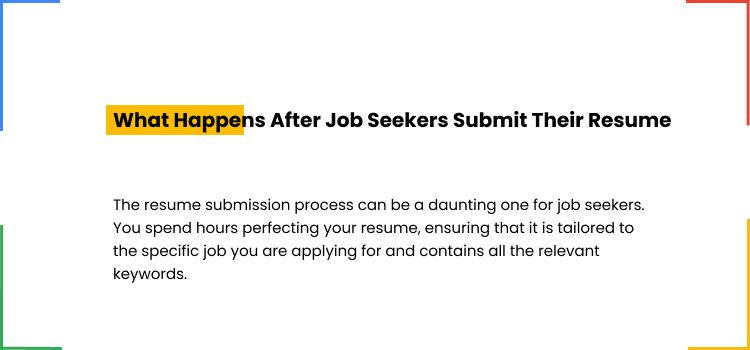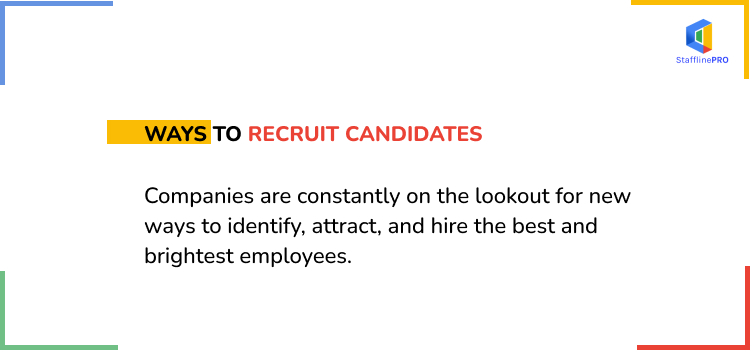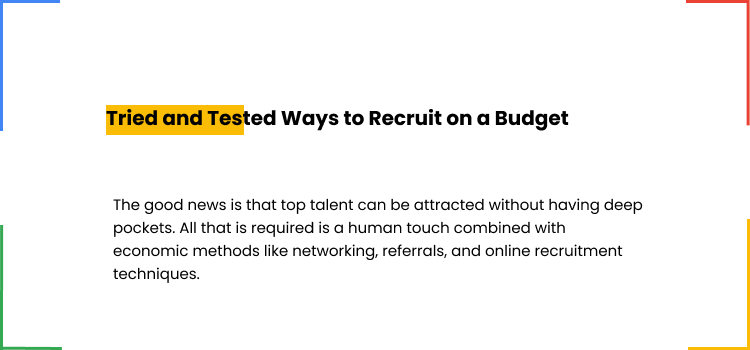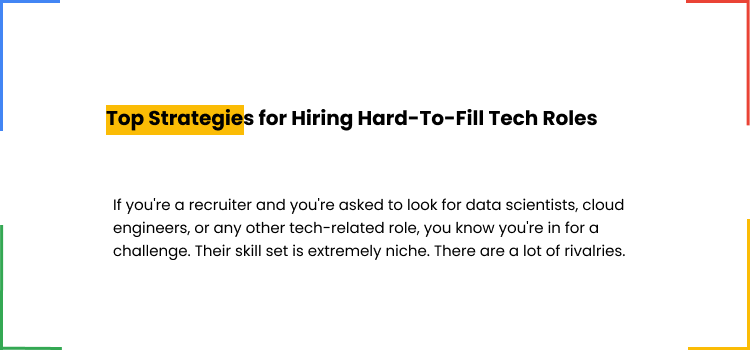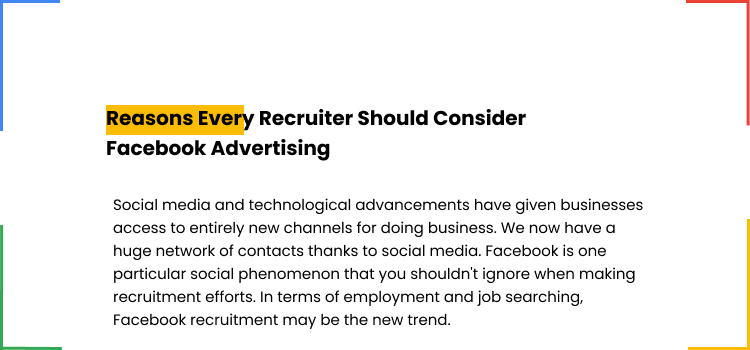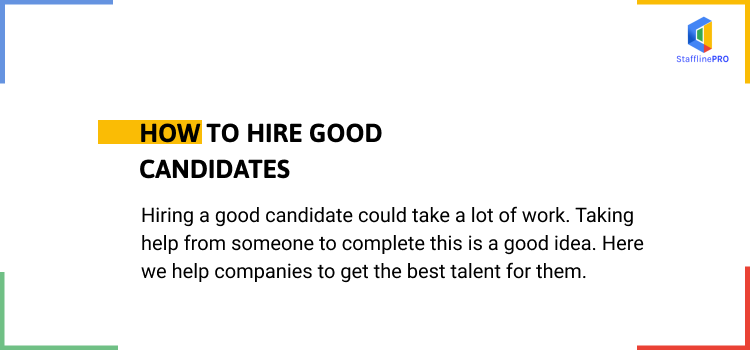Stage 1: Finding The Right Talent
Make your job descriptions better. Great candidates are more likely to be attracted by compelling copy than by dry, conventional ones. Your job postings should highlight the appealing features of the opportunity and the ways in which the candidate can make a difference in the role.
Request recommendations. Employee recommendations have consistently produced the highest caliber of workers. Your current staff members should receive training on how to use their existing professional networks to recommend qualified candidates for open positions. As soon as they successfully recommend a candidate, make sure to get back to them.
Check-in with former top candidates. There are excellent candidates who were unsuccessful in landing the position. Reach out to them and inquire about their interest in your open positions.
Utilize social media to recruit. Traditional hiring practices, such as newspaper ads and job boards, frequently result in expensive, low-quality candidates. Because you can find and hire excellent talent with just a few clicks, social recruitment is less expensive and more effective.
Inventive recruitment videos are a must. Encourage your staff to provide succinct testimonials about why they enjoy working for your business. Ask your team to share it on their social media channels by turning it into a creative and entertaining video.

Stage 2: Talent Screening
Present actual workplace issues. Ask potential hires to offer solutions to genuine issues the company is currently experiencing during the interview process. This is preferable to providing them with hypothetical situations or puzzles because you can quickly determine whether they possess the necessary skills to resolve your problems.
Be adaptable during interviews. Some excellent candidates would find it challenging to attend interviews because they are currently employed. Choose a different interviewing method, such as a phone call or Skype interview, to work around their schedule. Additionally, you might set aside one evening per week for interviews with applicants who might not have time during the day.
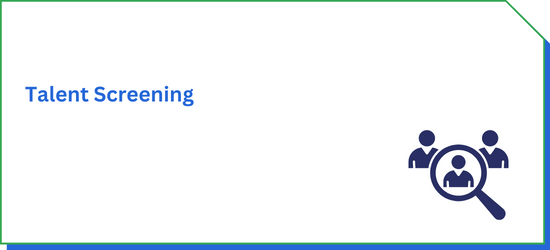
Stage 3: On-boarding Talent
Find out what they require for admission. Ask the applicant what circumstances would lead them to accept a new job before making an offer. Ask them about the obstacles that would prevent them from accepting an offer or leaving the recruitment process, as well. When you draught their employment contract, use this as a model and make sure to emphasize all the wonderful benefits you can provide.
Quicken onboarding. Check the references before processing the paperwork, and as soon as the candidate signs the contract, do so. In 2-4 weeks, be sure you’re prepared to welcome the new employee.
Choose a mentor. It’s a good idea to assign someone who can show a new employee the ropes when you have one. It might be their boss or a coworker from the same division. The idea is to make the candidate’s transition into a new position as simple as possible so they can work more effectively and make fewer mistakes.






